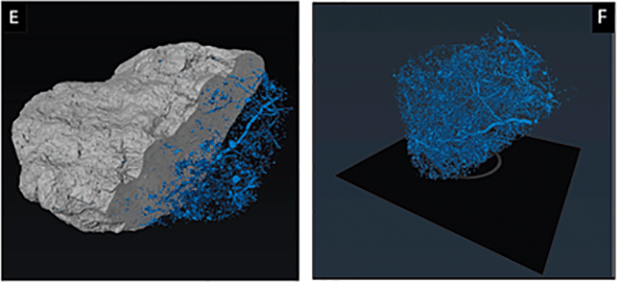A multi-method approach (Kalahari Basin, Botswana)

Author(s) : John Van. Thuyne, James Irving, Eric P. Verrecchia
Supervisor(s) : N/A
Journal : Catena
Editor : ELSEVIER
Year of publication : 2023
Description:
Fungus-growing termites (FGT) are important agents in subtropical and semiarid ecosystems for the biological and geological modifications they bring through the construction of their mounds. In order to survive and thrive, the mounds are designed to host the Termitomyces fungus in pre-set conditions of humidity and temperature.
The interior structure of FGT mounds has only been scarcely studied in the scientific literature, making knowledge about mound morphology and development incomplete. In this study, a relic FGT mound in northern Botswana was analyzed using a combination of electrical resistivity tomography (ERT), particle size distribution (PSD), X-ray computed microtomography (X-ray micro-CT), and soil micromorphology methods. Specifically, we set out to investigate (i) whether changes in the measured soil resistivities reflect expected changes between the various functional compartments of the mound; (ii) what changes in soil texture and structure are associated with the resistivity variations; and (iii) whether this information can be used to better understand the mound compartments and their development. Our results suggest that ERT may eventually provide an attractive and efficient method to investigate the interior structure of FGT mounds that is non-destructive. The use of ERT does not require to remove the epigeal of the mound. The modifications brought by FGT to the texture and structure of the soil, respective to the function of each mound compartment, can increase resistivity of up to three orders of magnitude. Further, the work presented in this paper helps to (i) identify processes involved in the sediment transfer between the mound and its surroundings, (ii) increases the understanding of mound morphology, and (iii) show that fungus-growing termitaria affect durably savanna landscape. Finally, this study demonstrates that ERT is a pertinent non-destructive method to investigate mound structure.
More infos